Electrical hazards in the workplace pose serious risks, not only to your employees’ safety but also to the financial health of your business. Accidents caused by faulty electrical systems can result in severe injuries, fires, and costly damage. Preventing electrical hazards should be a priority for any business, regardless of size or industry. In this article, we will explore some of the most common electrical hazards in commercial properties and provide practical steps for preventing them.
1. Overloaded Circuits
One of the most common electrical hazards in businesses is overloaded circuits. When too many devices are plugged into a single circuit, it can cause overheating, leading to fires or equipment damage. Overloaded circuits are especially common in office settings with numerous electronic devices and appliances.
Prevention Tip: Ensure that electrical circuits are not overloaded by using them within their designated capacity. Hire a commercial electrician to assess the power load of your electrical system and install additional circuits if necessary. Using power strips with built-in surge protection can also help reduce the load on individual circuits.
2. Faulty Wiring and Outdated Electrical Systems
Old and faulty wiring is another major contributor to electrical hazards. Over time, electrical wiring can deteriorate, increasing the risk of short circuits, electric shocks, and fires. This is especially true in older buildings where the electrical systems may not meet modern safety standards.
Prevention Tip: Regularly inspect your electrical system and wiring to ensure it’s in good condition. If your building has outdated wiring, consider upgrading the system to meet current standards. A professional commercial electrician can conduct a thorough inspection and replace any outdated or damaged wiring to reduce the risk of electrical hazards.
3. Improper Use of Extension Cords
Extension cords are often used to provide temporary power to devices, but they can quickly become a hazard when overused or misused. Using an extension cord as a permanent solution, or daisy-chaining multiple cords together, can overload the circuit and lead to electrical fires.
Prevention Tip: Avoid using extension cords as a long-term solution. If you find that you need more power outlets, consult a commercial electrician to install additional sockets. Always ensure that extension cords are rated for the power of the devices you are connecting and avoid running them under rugs or through doorways.
4. Exposed Wiring and Damaged Equipment
Exposed wiring, especially in high-traffic areas or areas with machinery, presents a serious risk of electric shock or fire. Likewise, damaged equipment—whether it’s frayed wires, faulty plugs, or malfunctioning appliances—can cause electrical accidents.
Prevention Tip: Always ensure that wires and cables are well-maintained and properly insulated. Conduct regular inspections of electrical equipment and cords to check for signs of wear and tear. If you discover any exposed wiring or damaged electrical equipment, immediately shut off the power and have a professional electrician repair or replace it.
5. Inadequate Grounding and Surge Protection
Proper grounding of electrical systems and devices is essential for protecting employees and equipment from electric shocks. Lack of grounding can cause electric shocks when individuals come into contact with electrical systems or appliances. Additionally, power surges can damage sensitive electronics and equipment.
Prevention Tip: Ensure that your electrical system is properly grounded to prevent electrical hazards. Install surge protection devices to safeguard your electronic equipment from power spikes. Surge protectors should be used in areas with sensitive machinery, such as server rooms or offices with high-tech devices.
6. Lack of Employee Training
Electrical hazards often occur because employees are unaware of the risks or do not follow safety protocols when dealing with electrical equipment. Proper training is essential to ensure that employees understand how to safely operate electrical devices and how to handle electrical emergencies.
Prevention Tip: Provide regular electrical safety training to your staff, focusing on the correct use of electrical equipment, how to identify potential hazards, and what steps to take in case of an electrical emergency. Make sure that employees know how to safely shut off power in case of an emergency.
7. Failure to Maintain Electrical Equipment
Neglecting to maintain electrical systems and equipment is a leading cause of electrical hazards. Dust, dirt, and other debris can accumulate on electrical components, creating a fire hazard. Similarly, failing to perform routine maintenance can result in malfunctioning equipment that poses a safety risk.
Prevention Tip: Establish a routine maintenance schedule for all electrical equipment. Regular cleaning and inspections of electrical systems will help prevent the build-up of debris and ensure that components are functioning properly. Hire a commercial electrician to perform annual or semi-annual inspections to ensure that everything is working as it should.
Conclusion
Electrical hazards pose significant risks to businesses, but they can be mitigated with proactive measures. Regular inspections, proper equipment maintenance, employee training, and upgrading outdated electrical systems are all critical steps in preventing electrical hazards. By working with a professional commercial electrician and adopting best practices for electrical safety, you can create a safer working environment, protect your employees, and minimise the risk of costly electrical accidents. Remember, investing in the safety of your electrical systems not only ensures the well-being of your team but also safeguards your business’s long-term success.


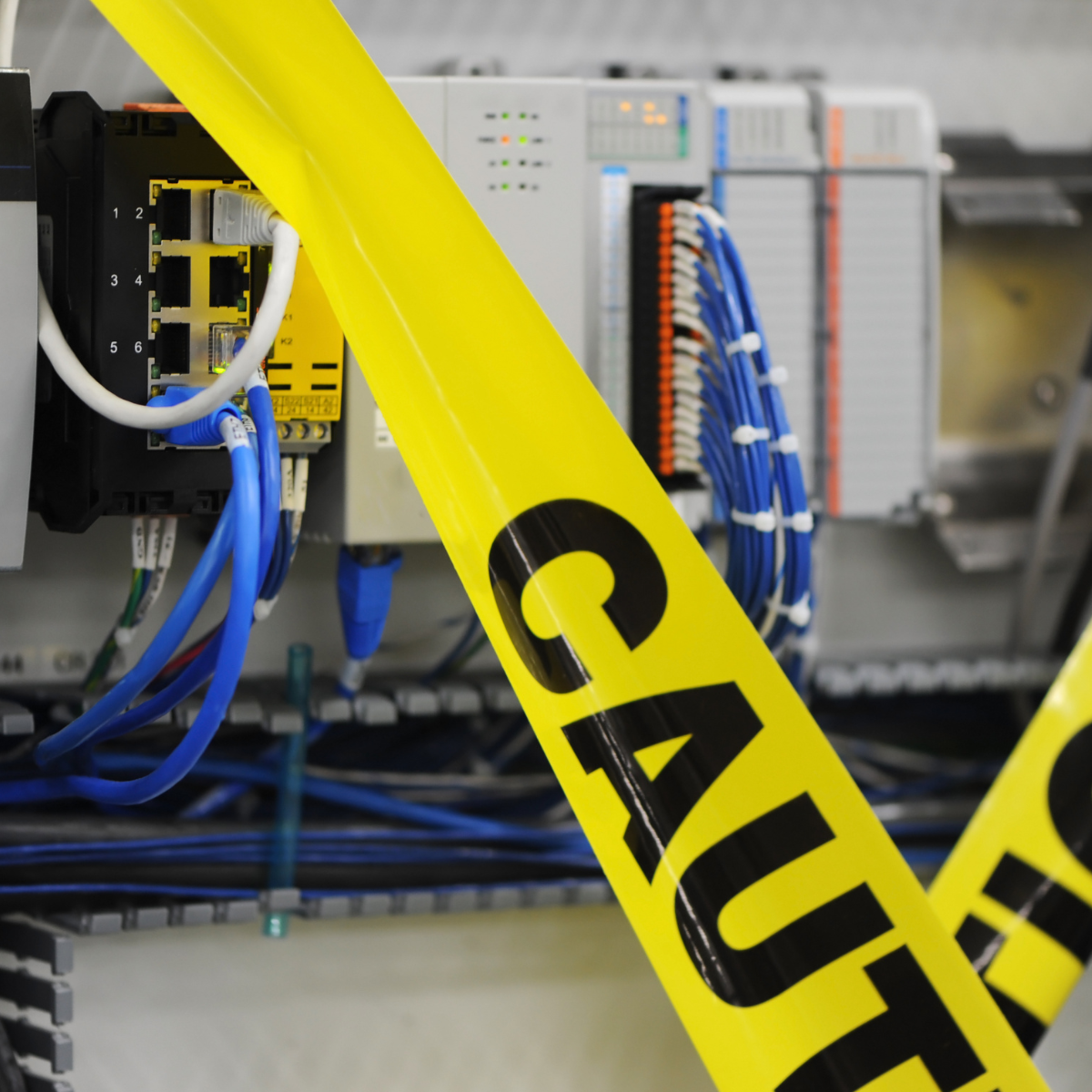
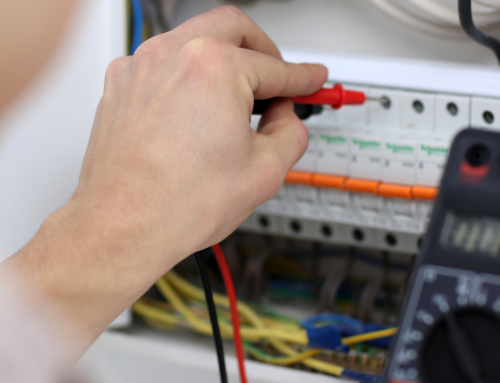
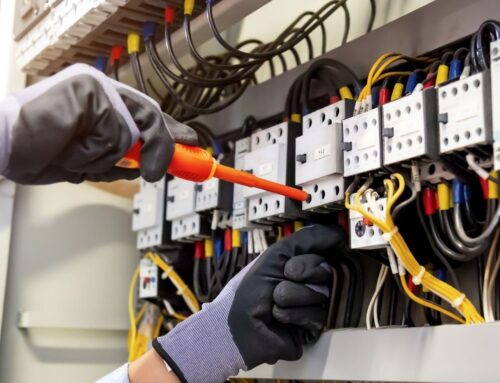
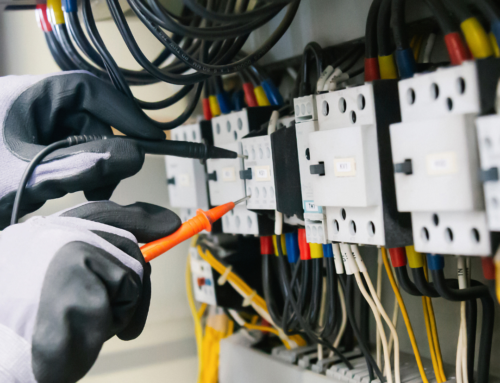
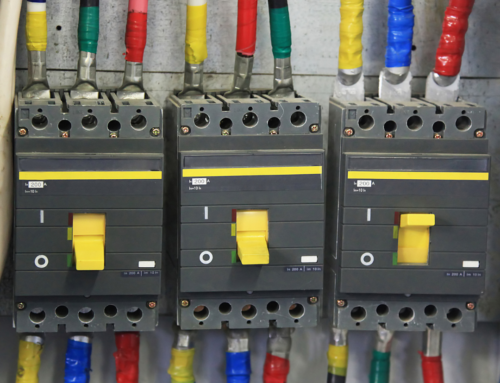
Leave A Comment